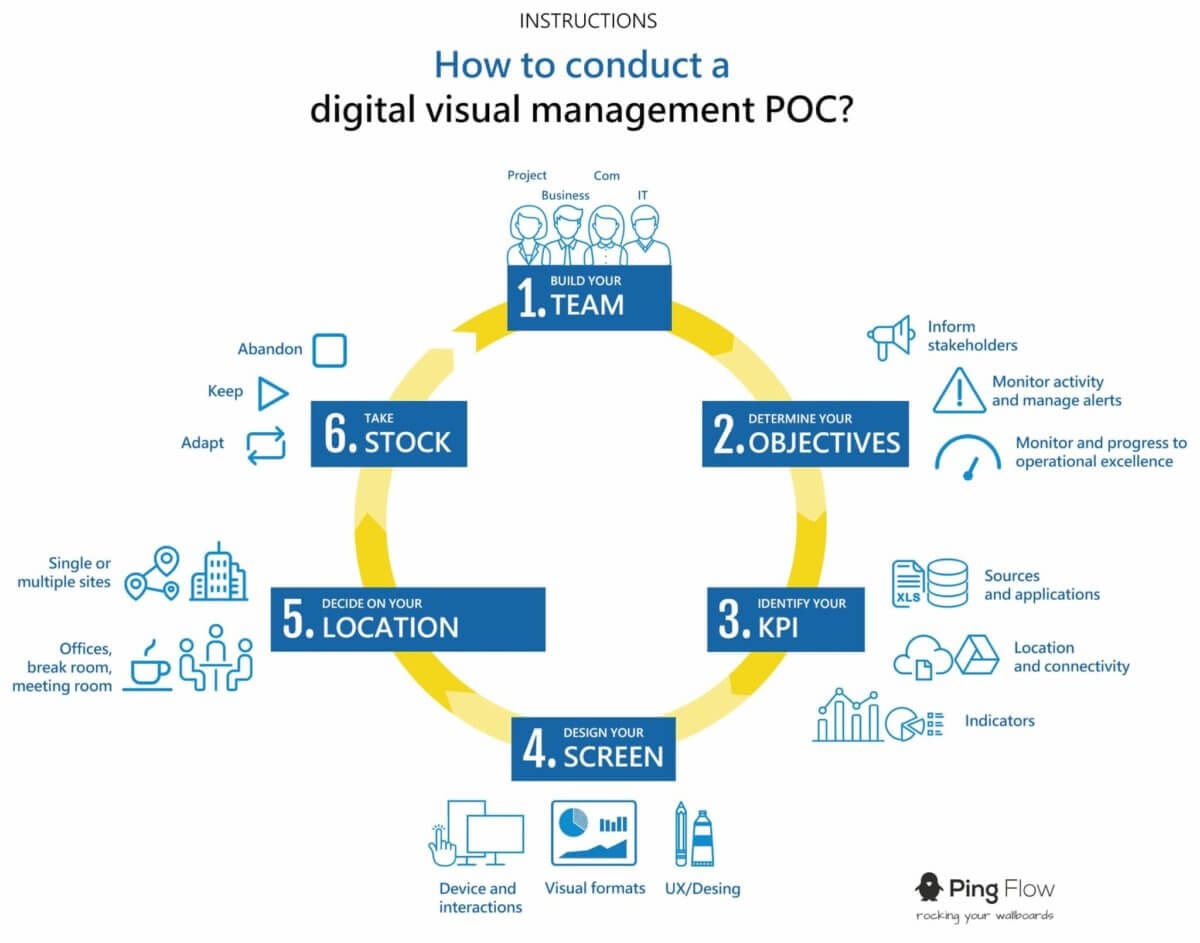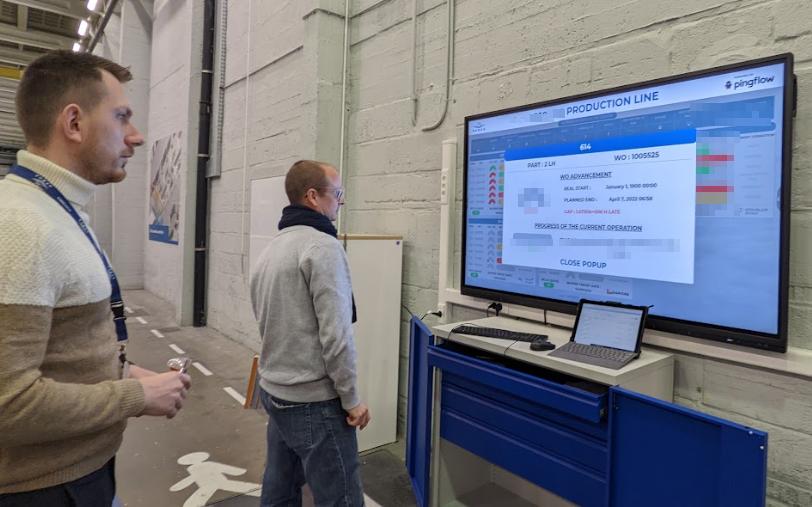Testimonial from SABCA (Belgian Aeronautical Construction Company)

Respond to a rapidly changing environment

In addition, new issues are emerging. In civil aviation, controlling the ecological impact plays a major role. In space, the arrival of new players offering smaller or reusable launchers is putting pressure on costs. “We are constantly looking for solutions to reduce aircraft emissions and extend their range. For space, the reduction in development times forces us to explore new technologies such as 3D printing. In fact, developments are more frequent and faster,” adds Anthony Bonneval.
Finally, customers are passing on more and more pressure by increasing their level of requirements, in terms of quality and deadlines. “We are seeing more challenges from our customers, and this is not limited to civil aviation, but extends to military and space as well. We must therefore anchor in each of our employees a true culture of Continuous Improvement.” says David Vermoesen, Digitalization project manager. These are all factors that lead companies to seek management solutions that increase agility.
Initiate culture change with Lean Management

In 2019, Sabca focused its efforts on the deployment of visual management: providing clear and precise information that each team can translate into action. The Continuous Improvement specialists then focused on the development of a standard with the guiding line of providing readable and relevant information, easily translatable into actions. In the field, this is materialized by the deployment of “SQCDP” panels for Safety, Quality, Costs, Deadlines, and People, the five pillars of performance analyzed daily. This gave the production teams visibility on customer satisfaction. A major change in culture then took place thanks to the empowerment of employees who are committed to this process of constant progress.
But the paper version of this SQPDP has limits: tedious updating, reduced flexibility, impossible data exploration, complex management of actions, limited top-down / buttom-up exchanges. So many reasons that pushed SABCA to use its feedback to imagine its visual management 2.0.
Sustaining the approach thanks to digital

But during the prototyping phase, we became aware of the power of the digital tool and we went further in the process. This gave us a new perspective: to simply collect new information on which the tool generates statistics. We can now visualize other categories of deviations, much further upstream, and switch from a reactive approach to a preventive approach.” details Anthony Bonneval.
David Vermoesen continues on the importance of the second aspect of visual management: “The visual is only interesting if it induces action. We have worked a lot on the management of actions to insert the escalation of blocking points and the descent of decision. Communication between hierarchical levels is a crucial point. Where the SQCDP had caused a change in culture, digital will act as a reinforcement mechanism. Many frustrations arose from the slowness in seeing the actions materialize and the risk of demotivation is even greater than in the absence of any measure. You can’t show indicators, no matter how accurate, without supporting problem solving. In this sense, the SQCDP digital framework fits perfectly with SABCA’s three fundamental values: teamwork, reliability and innovation.
Despite all the relevance and power of digital, the only measure of success will be its adoption by teams in the field. Today, SABCA therefore pays particular attention to supporting change: communication, training and the involvement of its employees aim to make this deployment a lasting success within this major modernization project. “Innovation must be at the service of Performance”, concluded David Vermoesen.



